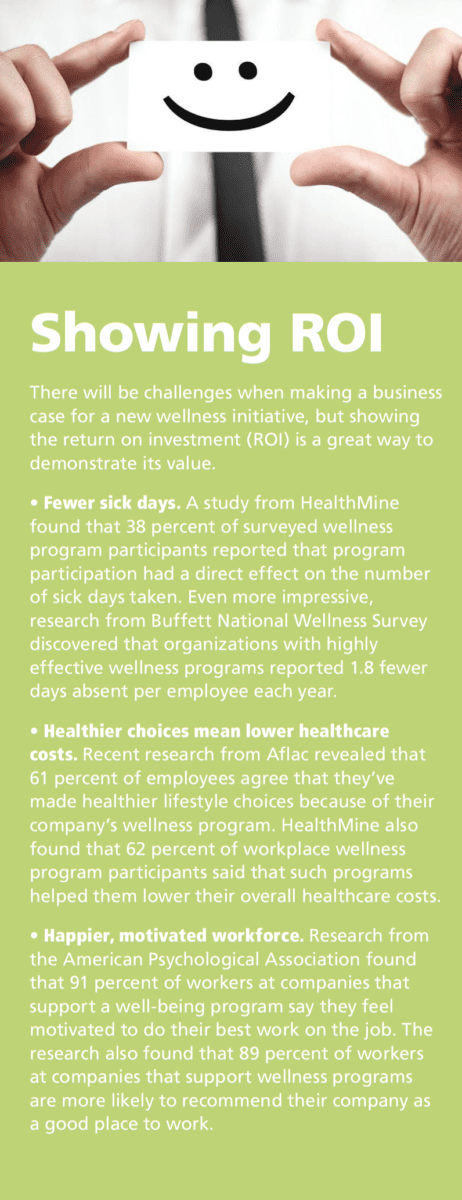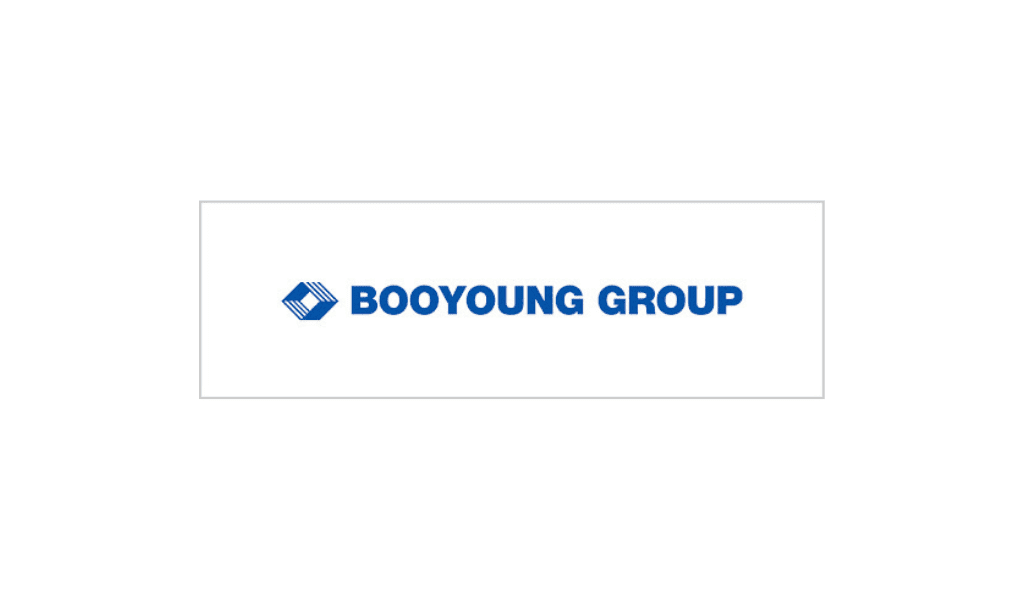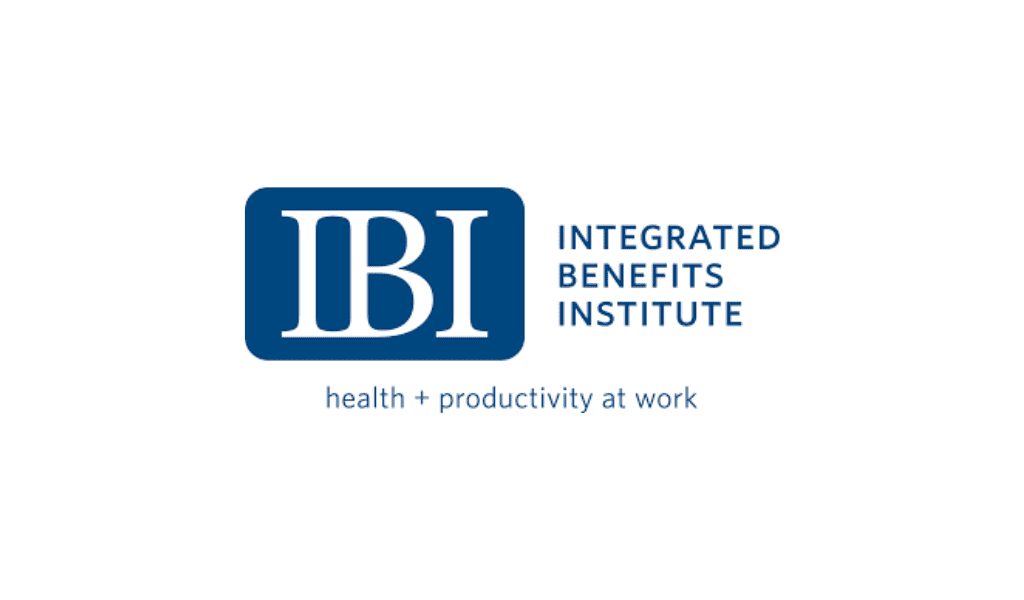Today’s wellness programs benefit both employees and organizations alike.
By Lynn Herrick
HR executives understand the biggest asset to any company is its people. And the biggest asset to employees? Their health and well-being. Nowadays, employees are placing even greater value on taking care of their mental and physical health, which is why it makes good business sense for organizations to ensure that employee wellness is a top business priority. The numbers don’t lie: A study from Willis Towers Watson found that a healthy, happy workforce can reduce overall business costs by more than $1,600 per employee, driven by a decreased need for taking time off for injuries or unplanned sickness. On the other hand, not having a workplace wellness program can be incredibly costly considering the potential risk for high turnover, employee absenteeism, and decreased employee morale.
In today’s business world, wellness programs are key to attracting and retaining talent. There are many overarching benefits beyond health and fitness. Successful programs have the potential to improve employee attitudes toward their jobs and interactions with coworkers; enhance collaboration and creative problem-solving; and increase retention rates. Improvements can seem subtle at first, but they can also have a lasting impact on company culture and employee productivity. What else is possible?
Facilitating teamwork. Encouraging employees to participate in group activities like fitness classes, team sports, or other physical activities provides an opportunity for workers from different departments to interact, improving overall communication across teams. Engaging in these kinds of activities with colleagues adds a social element to the work week, giving employees and leadership some familiar ground to bond over without hierarchical elements at play.
- Lowering stress levels and increasing energy. Taking a moment out of the day to re-center and focus in a shared environment with other employees can help reduce stress levels across the entire staff and provide that jolt of energy that’s needed at the end of a hard work week. This can be done by meeting in a common space or recreational room for five minutes to meditate or by going on a brisk 15-minute walk. A little exercise encourages circulation in the body and casual conversation that doesn’t have to be about work.
- Providing perspective. Lunch time and afternoon mediation and/or yoga classes offer employees the opportunity to step back from the tasks at hand, take a break to clear the mind, and ultimately see solutions to problems more objectively. Ruminating on an issue for too long without the benefit of perspective can cloud thinking, making it difficult to reach a resolution. Guided meditation classes or yoga workshops can help employees free up valuable headspace and think clearly, allowing them to be more effective in their jobs.
Tips for Implementing a Successful Program
There are several rules of thumb to follow when rolling out a wellness initiative to ensure success out of the gate:
- Make it simple. First impressions create lasting impressions, and activities that are easily accessible for everyone make a big impact. If registration is simple and seamless, adoption levels are likely to increase.
- Get executives involved. The leadership team should engage and participate in the new program and actively encourage others to take part as well. Especially when launching a new initiative, make sure C-Suite executives and team managers are the first to sign up.
- Offer programs that employees actually want. What types of activities are employees looking for: an afterwork sports league? Guided meditation? A group fitness class? Financial wellness? Continuing education? Host monthly town hall meetings to help to understand what motivates everyone on the team, keeping in mind that what works best might vary by role or location.
- Keep it fresh. Successful wellness initiatives are drawn from existing brand values, while incorporating new and innovative elements. The program should look and feel like it’s coming from within the organization rather than a template of what might work for other companies.
- Be flexible. Set measurable, relevant goals at the start of the program and track metrics to determine success. If consistent pain points continue to appear, incorporate changes where necessary.
- Share your success. Peer testimonials of positive outcomes from a wellness program are a great way to drive further employee engagement -and even attract new talent. At the same time, positive feedback can be used to justify additional program investment and highlight HR’s innovation.
Lynn Herrick is general counsel and CHRO at GreatCall Inc.















